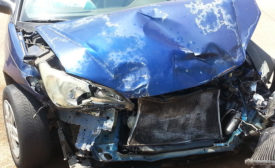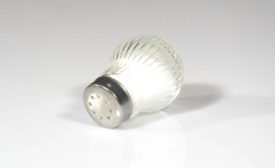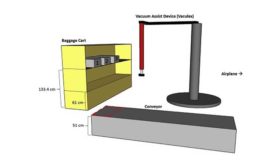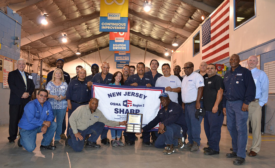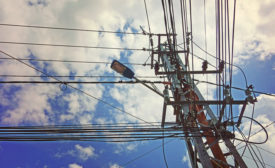News
Cancer strikes flight attendants at higher than average rates
Exposure to ionizing radiation, poor cabin air quality probable factors
June 27, 2018
A FairWarning story
Study finds Apple’s CarPlay, Google’s Android less distracting, but still not safe
June 27, 2018
Never miss the latest news and trends driving the safety industry
eNewsletter | Website | eMagazine
JOIN TODAYCopyright ©2024. All Rights Reserved BNP Media.
Design, CMS, Hosting & Web Development :: ePublishing

